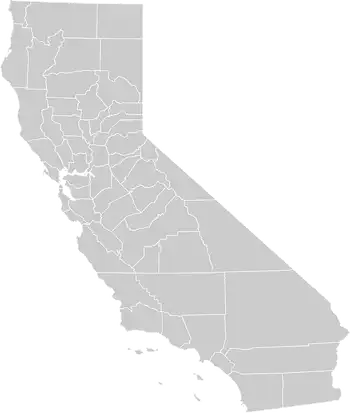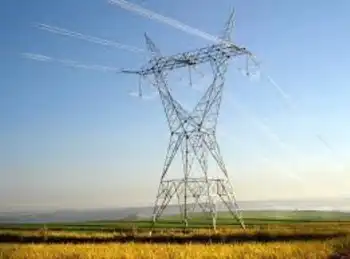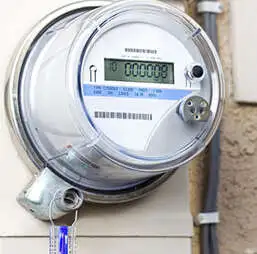North Dakota candidate pushes for wind power goal
By Associated Press
Arc Flash Training CSA Z462 - Electrical Safety Essentials
Our customized live online or in‑person group training can be delivered to your staff at your location.

- Live Online
- 6 hours Instructor-led
- Group Training Available
Tim Mathern, a Fargo state senator who is challenging Republican Gov. John Hoeven's bid for a third term, said that the state also should require disclosure of private companies' contracts with landowners who agree to host wind turbines.
Mathern said at a news conference that he believed property owners who allow wind turbines on their land are being paid a pittance compared with the revenue wind projects generate.
"People have been made to believe that they're getting a good deal, and that assumption is there because of secrecy," Mathern said. "Somebody is getting by with giving somebody $5,000 and then making $90,000.... The farmer in North Dakota who thinks he's got a good deal has really been lied to."
Mathern said his administration would advocate the creation of a state renewable power "czar" who would have broad responsibility for encouraging wind development, the sale of wind power and construction of transmission lines to carry the electricity.
Hoeven's campaign manager, Don Larson, said several of Mathern's campaign proposals already are in place. The state already has a renewable energy office within the Department of Commerce and a Transmission Authority to help promote and finance power line construction, Larson said.
"While Mathern is talking about energy development, Gov. Hoeven is already doing it," Larson said.
By year's end, North Dakota expects to have the capacity to generate more than 700 megawatts of wind power. A Hoeven-appointed energy development commission has suggested the state should generate at least 1,500 megawatts of electricity from wind by 2020.
Mathern said the development pace should be much more ambitious. His administration will have goals of 10,000 megawatts of capacity by 2020, and 15,000 megawatts by 2030, he said.
Neighboring Minnesota, which has less wind energy potential than North Dakota, is producing much more wind-generated electricity because of aggressive state government policies to promote wind power, Mathern said.
The American Wind Energy Association, a national trade group, says Minnesota now produces about 1,366 megawatts of wind-generated electricity compared with 345 megawatts in North Dakota. Both states expect to add to that total by year's end.
North Dakota's wind energy potential is 138,400 megawatts, compared to Minnesota's 75,000, the association says.
Almost all North Dakota's wind development is being financed by private utilities. The most prolific developer is FPL Energy, of Juno Beach, Fla., which owns about 80 percent of North Dakota's wind energy generation.
Steve Stengel, an FPL Energy spokesman, said keeping wind companies' lease terms with landowners under wraps is important to developers.
"Wind energy development is competitive," Stengel said. "As such, confidentiality of terms and payment is essential."
Mathern said his administration would encourage cooperative ownership of wind projects, saying that local investment could keep energy profits closer to home.
"Basically, we have out-of-state corporations coming into our state, getting the major profit off this development, and our North Dakota folks are being left behind," Mathern said. "Farmers individually, farmers in co-ops, could make these investments and keep all of that profit."
Hoeven said cooperative wind projects could come under the umbrella of the state's newly formed Renewable Energy Council, established last year to promote development of an assortment of alternative fuels, including ethanol, wind energy, biodiesel and geothermal energy.
The council oversees a $20 million fund. It reports to the state Industrial Commission, which is made up of Hoeven, Agriculture Commissioner Roger Johnson and Attorney General Wayne Stenehjem.
Hoeven said he was pleased with the pace of North Dakota's wind energy development, which includes a proposed $2 billion, 1,000-megawatt project that FPL Energy is developing in Oliver and Morton counties in west central North Dakota.
"We've been having to move that (1,500-megawatt) goal up because of the tremendous progress we're making, versus what (Mathern) is talking about, which is just pulling a number out of the air," Hoeven said.
He believes landowners who host wind turbines are being dealt with fairly, Hoeven said. Competition among wind developers for prime locations for wind towers helps to drive up lease prices, he said.
"We've got a lot of companies in here," Hoeven said. "Ultimately, the landowner really is able to say to the companies what they are willing to require or not."











